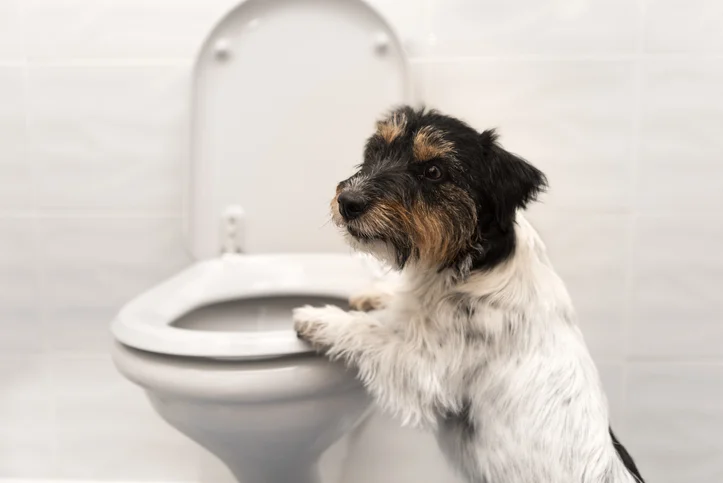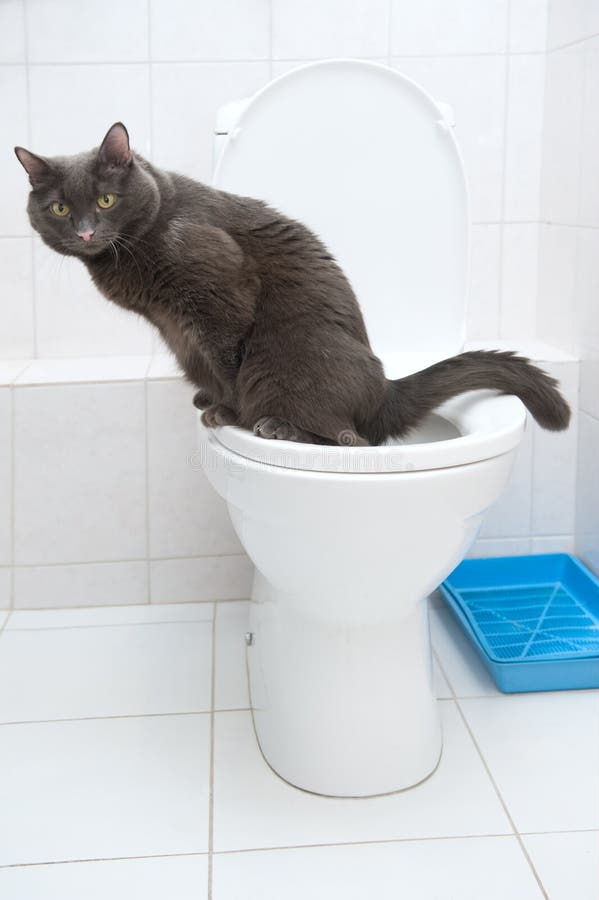The Risks of Animal Waste in the Toilet
The Risks of Animal Waste in the Toilet
Blog Article
Here down the page you might get some brilliant content regarding Should you flush animal waste down the toilet.

When it pertains to throwing away waste, particularly animal waste, lots of people usually turn to the practical option of flushing it down the commode. Nonetheless, this apparently very easy solution can have serious repercussions for the atmosphere and public health. In this post, we'll check out why flushing pet waste down the bathroom is a poor idea and give different techniques for proper disposal.
Intro
Proper waste disposal is essential for preserving ecological sustainability and public health. While it may appear harmless to purge animal waste down the commode, it can cause different issues, both for the setting and human health.
Threats of flushing pet waste
Ecological influence
Flushing pet waste introduces hazardous microorganisms and microorganisms into rivers, which can negatively influence aquatic environments. These pathogens can infect water sources and damage marine life, interfering with delicate environments.
Public health concerns
Animal waste includes harmful germs such as E. coli and Salmonella, which can present serious health and wellness dangers to human beings. Purging animal waste down the toilet can pollute water supplies, resulting in the spread of diseases and infections.
Alternatives to flushing
Instead of flushing pet waste down the toilet, there are a number of different disposal approaches that are extra environmentally friendly and sanitary.
Composting
Composting animal waste is a green means to get rid of it. By composting, raw material is broken down right into nutrient-rich dirt, which can be made use of to fertilize gardens and plants.
Landfill disposal
Taking care of pet waste in a land fill is an additional alternative. While more info not as environmentally friendly as composting, it is a safer choice to flushing, as it stops the contamination of water sources.
Family pet waste disposal systems
There are customized animal garbage disposal systems offered that securely and hygienically deal with pet waste. These systems frequently make use of enzymes to break down waste and eliminate smells.
Steps to appropriate pet garbage disposal
To ensure appropriate disposal of animal waste, follow these steps:
Scooping and landing waste
Routinely scoop and bag animal waste utilizing naturally degradable bags. This protects against waste from contaminating the environment.
Using designated waste bins
Dispose of bagged pet waste in marked waste bins, such as compost bins or landfill bins. Stay clear of flushing it down the commode in any way expenses.
Cleaning up can and animal areas regularly
Regularly tidy can and family pet areas to stop the buildup of waste and microorganisms. Usage pet-safe cleaning items to preserve hygiene.
Benefits of correct disposal approaches
Taking on appropriate disposal techniques for pet waste provides numerous advantages:
Lowered environmental pollution
Proper disposal approaches reduce the danger of environmental pollution, safeguarding waterways and ecological communities from contamination
Lessened threat of water contamination.
By avoiding flushing pet waste down the toilet, the danger of water contamination is significantly decreased, guarding public health.
Improved cleanliness and hygiene
Proper disposal methods promote much better cleanliness and health, producing a more secure setting for both human beings and pets.
Conclusion
In conclusion, flushing animal waste down the commode is harmful to the environment and public health. By taking on different disposal techniques and complying with appropriate waste administration methods, we can reduce the adverse influence of animal waste and contribute to a cleaner, much healthier world.
What To Do With Dog Poo – The Do's And Don'ts Of Disposing Of Faeces
Dog poo bins
Some councils provide dedicated dog waste bins in popular dog-walking areas that can take dog poo that has been bagged but you can legally dispose of dog waste in any public litter bin, as long as it is securely bagged. This also applies to your wheelie bin at home.
Do not flush
Water companies do not recommend flushing dog faeces down the toilet because certain parasites can survive the water processing treatment and are potentially harmful to humans. You should also never consider flushing dog poo that has been bagged down the toilet as the bags will not break down and instead create severe blockages in the sewage system.
In the woods
The Forestry Commission promotes a ‘stick and flick’ method for dealing with waste in the woods. This means finding a stick and using it to flick any poo from off the path so that it is out of the way of other walkers. You could also bury it as long as it is not in an area where there might be livestock.
Livestock
Parasites found in dog poo can be transmitted to livestock if they inadvertently eat infected faeces that has been left on grazing land. This could result in the death of sheep or abortion in cattle so you should always make sure you pick up your dog’s waste in fields where livestock could be present.

Regularly tidy can and family pet areas to stop the buildup of waste and microorganisms. Usage pet-safe cleaning items to preserve hygiene.
Benefits of correct disposal approaches
Taking on appropriate disposal techniques for pet waste provides numerous advantages:
Lowered environmental pollution
Proper disposal approaches reduce the danger of environmental pollution, safeguarding waterways and ecological communities from contamination
Lessened threat of water contamination.
By avoiding flushing pet waste down the toilet, the danger of water contamination is significantly decreased, guarding public health.
Improved cleanliness and hygiene
Proper disposal methods promote much better cleanliness and health, producing a more secure setting for both human beings and pets.
Conclusion
In conclusion, flushing animal waste down the commode is harmful to the environment and public health. By taking on different disposal techniques and complying with appropriate waste administration methods, we can reduce the adverse influence of animal waste and contribute to a cleaner, much healthier world.
What To Do With Dog Poo – The Do's And Don'ts Of Disposing Of Faeces
Dog poo bins
Some councils provide dedicated dog waste bins in popular dog-walking areas that can take dog poo that has been bagged but you can legally dispose of dog waste in any public litter bin, as long as it is securely bagged. This also applies to your wheelie bin at home.
Do not flush
Water companies do not recommend flushing dog faeces down the toilet because certain parasites can survive the water processing treatment and are potentially harmful to humans. You should also never consider flushing dog poo that has been bagged down the toilet as the bags will not break down and instead create severe blockages in the sewage system.
In the woods
The Forestry Commission promotes a ‘stick and flick’ method for dealing with waste in the woods. This means finding a stick and using it to flick any poo from off the path so that it is out of the way of other walkers. You could also bury it as long as it is not in an area where there might be livestock.
Livestock
Parasites found in dog poo can be transmitted to livestock if they inadvertently eat infected faeces that has been left on grazing land. This could result in the death of sheep or abortion in cattle so you should always make sure you pick up your dog’s waste in fields where livestock could be present.

As an avid reader on , I assumed sharing that portion was smart. In case you appreciated our article plz be sure to pass it around. I value your readership.
Schedule Appointment Report this page